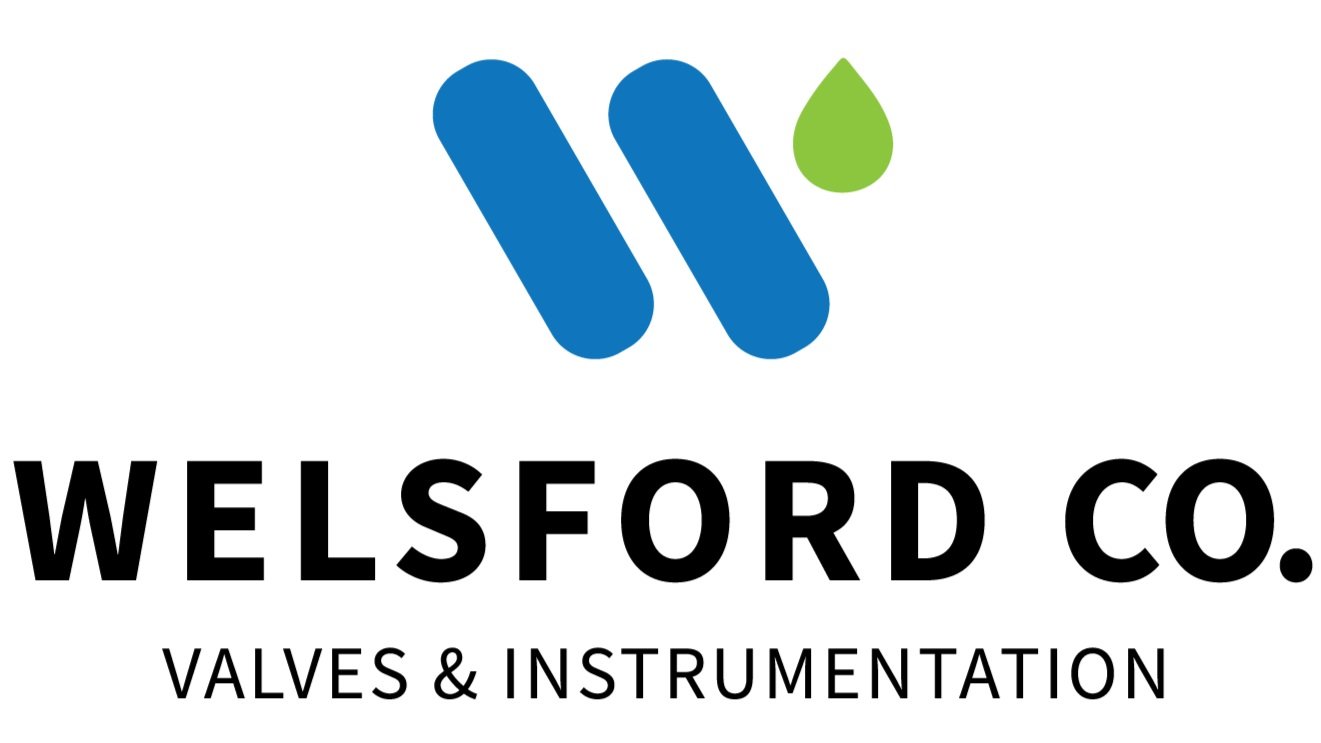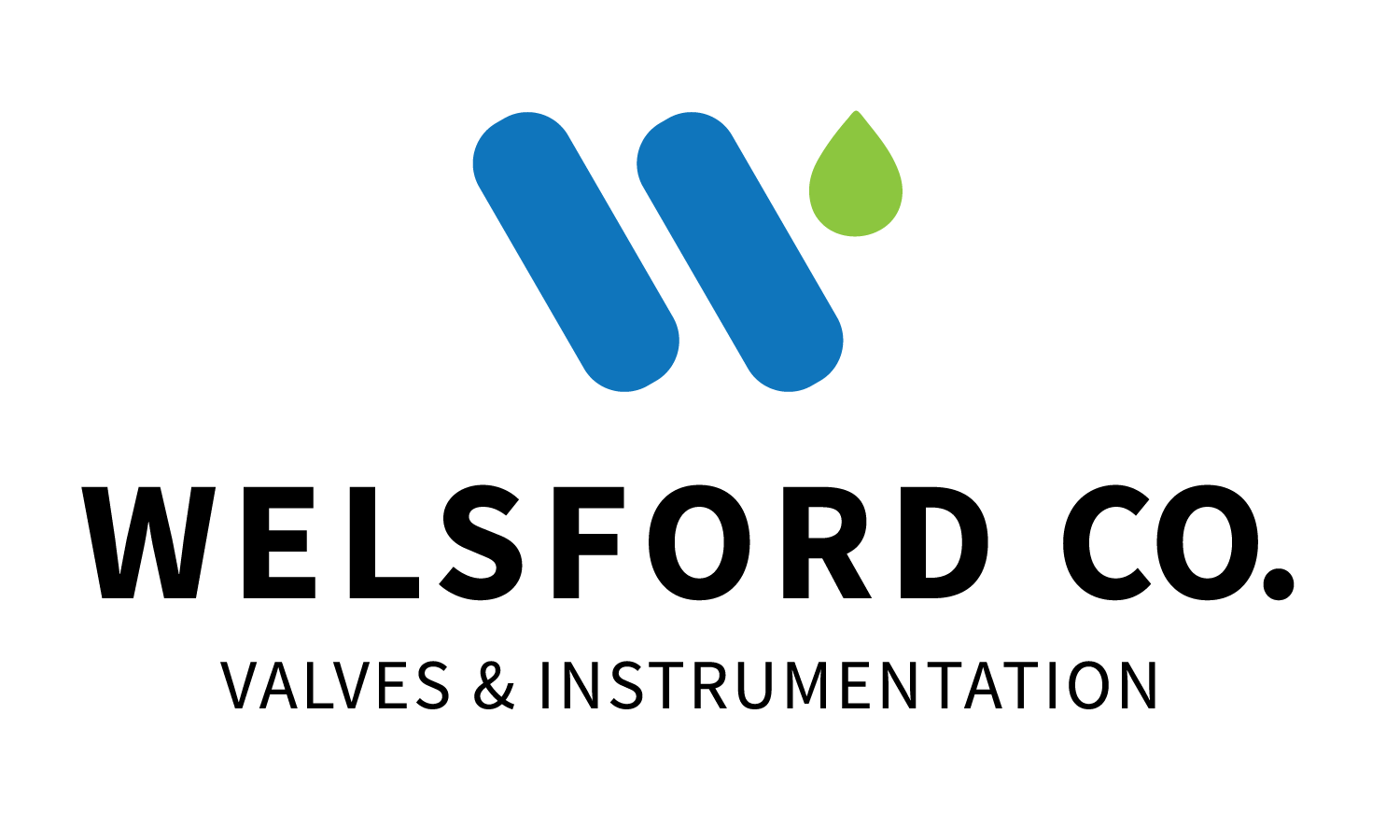Knowlege is the base of our business and we love to share that knowledge with as many people as possible
Browse our published articles and blog posts we have written below
Filling the Gap of Retiring Workforce in the Valve Industry
Two Gen X executives discuss strategies for filling the gap in the retiring valve industry workforce.
5 REASONS TO CALCULATE FLUID VISCOSITY IN EACH VALVE SELECTION
Valve selection takes into account several chemical and physical characteristics of fluids. These characteristics impact valve performance and influence flow rates, valve wear and tear, and leakage levels. Viscosity is one of the vital properties engineers must evaluate when selecting industrial valves.
Common Applications of Three-Way Valves
How the correct ball valve can provide flexible flow control.
Using Ball Valves in High Pressure Environments
Used to start and stop, mix, direct and regulate flow, ball valves are found in water systems, gas plants, distilleries, refineries and other industrial applications.
How to Lower Your Maintenance Cost With the Selection of Durable Valves
With proper oversight, durable valves are less costly to maintain
Improve the Safety of Valves in Your Facilities with These Measures
The safety of industrial valves depends on several factors.
Crucial Role Of Check Valves In Piping Systems
A check valve, or one-way valve, is designed to permit fluid flow in one direction only. The opening and closing of these valves is dependent on the pressure of the service medium. A differential pressure must exist between the outlet and the inlet ports of the valve for it to operate. The valve will open when the inlet pressure is higher than the outlet pressure.
Utilizing Ball Valves in Bubble-Tight System Design
The safety of industrial valves depends on several factors.
10 Reasons Why You Shouldn’t Always Choose a Cheaper Valve
Engineers often make decisions based on the cost of acquiring and maintaining valves, with utilities and companies considering the purchase of cheaper valves as a cost-saving measure when working on complex projects requiring diverse valve designs and sizes. But by purchasing cheaper valves, engineers sometimes trade off desirable physical qualities and performance capabilities of these flow-control devices.
Are Stainless Steel Actuators Worth the Cost?
Machining operations need viable, long-term flow automation solutions for regulating the flow of metalworking fluids, compressed air, and industrial waste. How should they evaluate valve actuators’ performance and durability?
Things to Keep in Mind When Choosing Valves
(P&GJ) — Oils processing occurs in multiple stages and requires specialized piping systems to handle different fluids. There are dedicated piping systems that transport crude oils, natural gases, liquids and semisolid materials. Service fluids will exhibit diverse physical and chemical characteristics at every stage. The design and size of pipeline components change as the fluid moves from one process to the other.
How to increase dairy plant productivity by upgrading your valves
Valves are among the vital components that control and manage the flow and direction of fluids.
Why you should consider butterfly valves instead of gate valves
Because pipeline diameters in wastewater treatment or in water-as-a-utility applications can be quite large, butterfly valves are a perfect solution.
Valve Maintenance and Life Expectancy Tips
The process to extend the life expectancy of a valve begins with valve selection and continues through installation, operation and maintenance procedures.
Five things to look out for with actuated valves in high-pressure environments
When using actuated valves, users should consider the valve size, actuation speed, where the application is being used and more.
The effects of highly corrosive fluids on valves and disasters that can be avoided
Some of the highly corrosive fluids in the oil and gas industry contain the following compounds: carbon dioxide, hydrogen sulfide, chlorides and moisture.
How to mitigate reverse flow
Reverse flow in piping systems manifest into the form of sporadic pipeline vibrations, media contamination or physical damage
Valve Actuator Selection Guide
Information provided here can help guide the selection of valve actuators that are best suited to the demands of a particular chemical processing application
Handling water supply cross connection and backflow prevention with ease
A typical public water supply system contains several backflow prevention devices at consumer terminals. Backflow preventers are vital for eliminating the potential for potable water contamination. These mechanisms require proper sizing and installation to operate reliably in the long term.
Pros and Cons of Butterfly Valves
Municipal water distribution and wastewater treatment facilities rely on a variety of valves. The different categories of valves contribute to the overall efficiency and safety of pipelines. Butterfly valves are popular across water collection, supply and distribution pipelines. They also offer dependable service in pumping stations for flow isolation purposes.






















